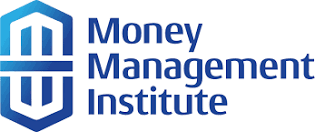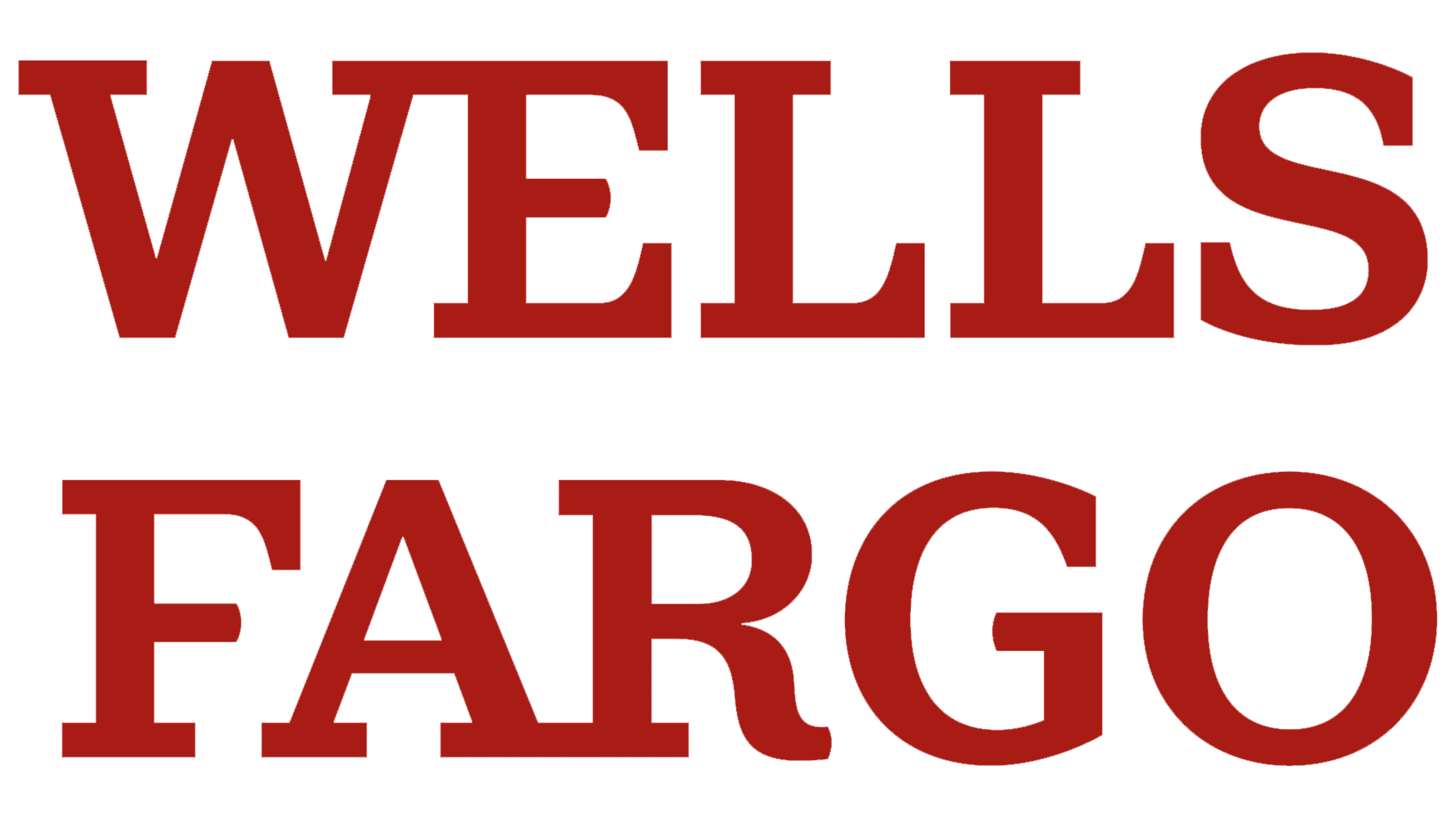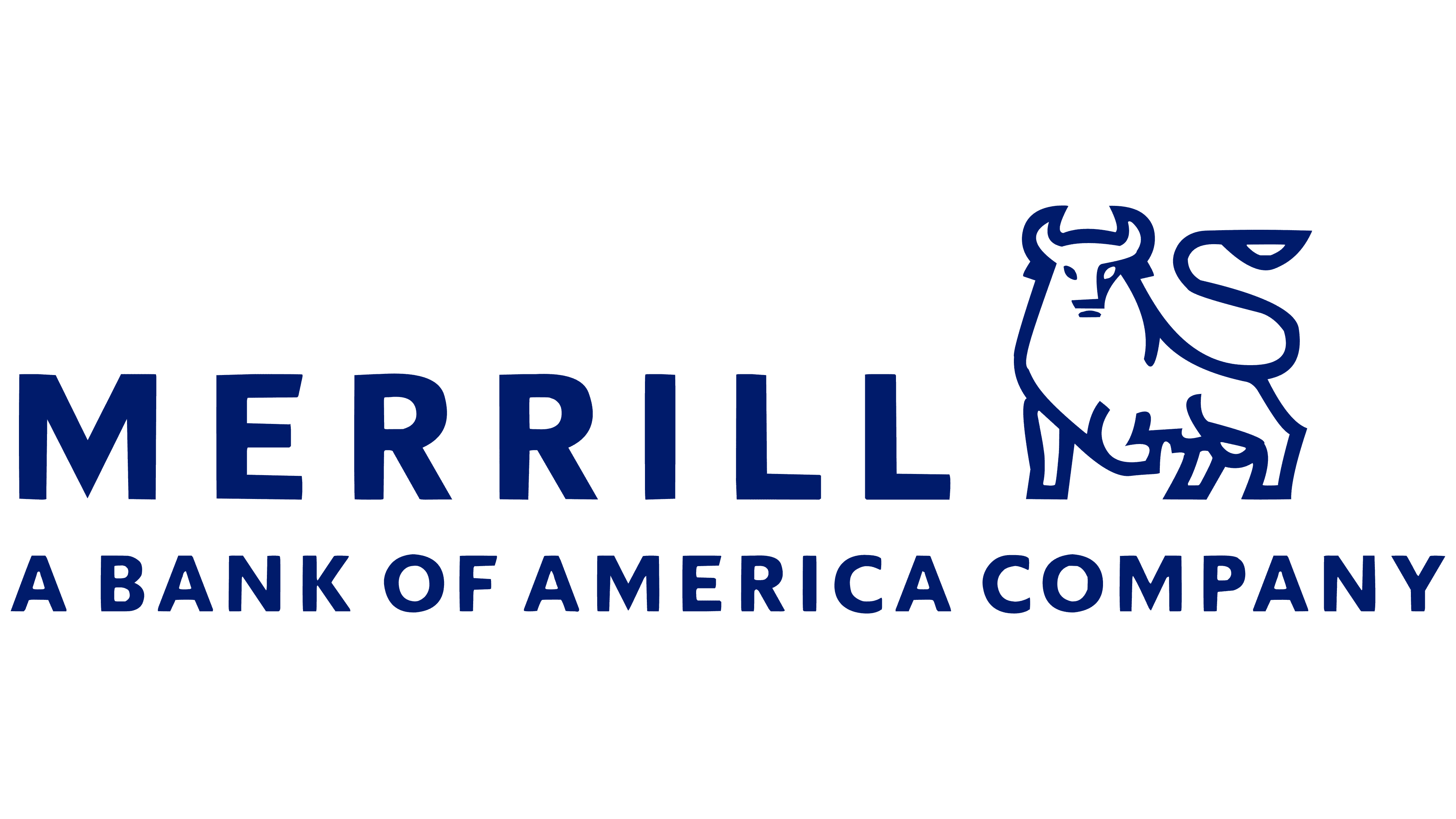Our last tax update, Tax Reform Aftermath: New Guidance for Investors, discussed in part the steps small business owners might take to claim and maximize the 20% deduction afforded by the Tax Cuts and Jobs Act. Since we wrote that paper, the IRS has clarified the application of the provisions that govern these strategies. The following update explains how owners of businesses organized as pass-through entities should take the new guidance into account in their tax planning.
Reduction in taxable income earned by pass-through entities
Business income earned by pass-through entities (e.g., partnerships, limited liability companies, S-corporations, and sole proprietorships) flows through to the owners’ tax returns. Prior to the Tax Cuts and Jobs Act (the “Act), an owner paid tax on this income at ordinary income rates.
Subject to certain limitations, the Act provides a deduction equal to 20% of an owner’s share of business income earned by a pass-through entity that does not provide personal services. Combined with the new 37% top individual tax rate, the deduction results in a top tax rate of 29.6%. The Act defines personal service businesses to include entities providing financial, brokerage, health, law, accounting, actuarial, or consulting services, but excludes engineering and architecture businesses.
Owners of a pass-through entity that provides personal services also may claim a deduction equal to 20% of their share of business income, but only if they report on their tax returns less than $315,000 of joint taxable income ($157,500 for single filers). (These figures are as of 2018 and will increase to reflect inflation.) The ability to claim the deduction is phased out for incomes between $315,000 and $415,000, so that owners of a personal service business who have taxable income over $415,000 may not claim the deduction at all.
Reducing income to under the 20% deduction threshold
| • | The income limitation is based on the taxable income reported on an owner’s joint tax return, not on the business’s income. Thus the $315,000 limitation is increased by a spouse’s income, and is reduced by personal deductions for such items as pension contributions, health savings accounts, self-employed taxes, self-employed health insurance, mortgage interest, charitable contributions, and state taxes (subject to the $10,000 limitation).
Owners whose taxable income exceeds $315,000 could consider taking steps to reduce their income below this amount. One way to reduce taxable income is to establish a retirement plan funded with deductible contributions. Typically, a defined benefit pension plan permits the largest contributions and yields the greatest tax deduction. An owner of a business with no employees might find this plan particularly appealing. If the business employs additional workers, then the plan typically must provide contributions for those workers as well. If the business employs other workers, and the owner does not wish to make pension contributions for those workers, the owner could consider establishing a 401(k) plan. A 401(k) plan does not require the owner to make contributions on behalf of other employees, but the owner’s contribution amount typically is lower. In new regulations, the IRS threw a curve to business owners who reduce their taxable income by making a retirement plan contribution. Under these regulations, the entity’s business income also must be reduced by the amount of the contribution. (This rule applies as well to the self-employed health insurance deduction and the deductible portion of the tax on self-employment income.) IRS regulations under section 199A, pp.44, 198-199. As a result, the business owner does not get the full benefit of the 20% deduction. The IRS regulations add a thick layer of complexity to the calculation of the 20% deduction. By way of example, suppose a personal service business has net income of $500,000 flowing through to the owner. Because the owner’s taxable income is over $315,000 (assuming no other income or deductions), the owner may not deduct 20% of the business’s income. Suppose the owner makes a deductible $200,000 contribution to a qualified retirement plan. The contribution reduces the owner’s taxable income to $300,000, below the $315,000 limitation for the 20% deduction. On its face, the owner should now be able to deduct $100,000 ($500,000 x 20%). But, under the IRS regulations, the business’s income also must be reduced by the plan contribution amount. As a result, the business’s income is $300,000 ($500,000 – $200,000) and the owner’s deduction is only $60,000 ($300,000 x 20%). In sum, the pension contribution permits the owner to claim the flow-through deduction, but the amount of that deduction is reduced by 20% of the contributed amount. Business owners who do not have a pension or 401(k) plan should consider establishing a plan in 2019 if doing so would reduce their joint taxable income below $315,000, allowing them to deduct 20% of their business income. Owners making a retirement plan contribution should be aware that the contribution will produce a tax benefit equal to only 80% of the contributed amount. |
||
Using Roth 401(k) for owners eligible for the 20% deduction
| • | As explained above, an owner of a pass-through business who makes a deductible contribution to a qualified retirement plan will receive a tax benefit of only 80% of the contributed amount, while later withdrawals from the retirement plan will be fully taxed, producing an unfavorable result. If an owner does not need to make a contribution to qualify for the 20% deduction, the owner might consider establishing and contributing to a Roth 401(k) plan rather than a traditional plan. This Roth strategy could be useful for an owner of a non-service business, or an owner of a service business whose taxable income is less than $315,000 before retirement contributions. Contributions to a Roth 401(k) plan are not deductible, but the owner may later withdraw amounts in the Roth account tax-free. The owner thus avoids the issue of the 20% haircut applicable to deductible plan contributions.
Owners of non-service pass-through businesses, and owners of service pass-through businesses whose taxable income is less than $315,000 should consider making contributions to a Roth 401(k) plan rather than to a traditional qualified retirement plan. |
Important caveats
| • | Determining whether a contribution to a traditional retirement plan or to a Roth plan makes sense in the context of the 20% flow-through income deduction is exceedingly complex. The analysis is subject to many variables, including the extent to which the owner and spouse have non-business income or deductions, the extent to which a spouse is participating in a retirement plan, the future direction of tax rates, and whether the owner’s tax rate is likely to change. Thus, before taking action an owner should consult with an advisor familiar with the 20% deduction and the workings of retirement plans and contributions. . |
||
| • | The procedures for and consequences of establishing retirement plans also are complex. Business owners considering such an arrangement should consult with their financial advisor and employee benefits counsel before establishing a plan. Also, the owner should take into account the expense of preparing governing documents and annually maintaining such a plan, as these can be costly. . |
Andrew H. Friedman is the founder and principal of The Washington Update LLC and a former senior partner in a Washington, D.C. law firm. He and his colleague Jeff Bush speak regularly on legislative and regulatory developments and trends affecting investment, insurance, and retirement products. They may be reached at www.TheWashingtonUpdate.com.
The authors of this paper are not providing legal or tax advice as to the matters discussed herein. The discussion herein is general in nature and is provided for informational purposes only. There is no guarantee as to its accuracy or completeness. It is not intended as legal or tax advice and individuals may not rely upon it (including for purposes of avoiding tax penalties imposed by the IRS or state and local tax authorities). Individuals should consult their own legal and tax counsel as to matters discussed herein and before entering into any estate planning, trust, investment, retirement, or insurance arrangement.
Copyright Andrew H. Friedman 2019. Reprinted by permission. All rights reserved.














